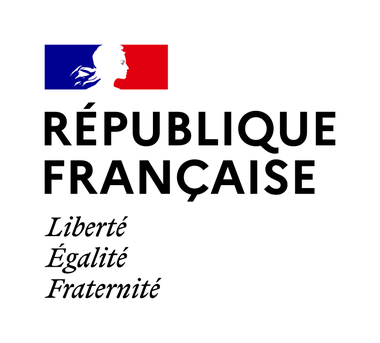
Abstract and Results
The ENVIREE project aimed at strengthening the REE supply within Europe by addressing exploitation of specific secondary sources. The purpose was to study innovative approaches in processing (beneficiation, leaching and separation) of identified materials and to provide economic and environmental assessment of the tested methods. ENVIREE was a highly multidisciplinary project with competences ranging from analysis techniques using e.g. Mössbauer to the more visual knowledge-based mineralogy in the field, and in size from molecule level to ton scale. This wide scope made the initial work challenging when several disciplines, each with their own science language were to agree on what to do and how. In addition to these more technical works there was also an extensive training and education activity.
7 Project ENVIREE ENVIronmentally friendly and efficient methods for extraction of Rare Earth Elements from secondary sources Large sampling scheme implemented within ENVIREE did lead to a very useful information on REE content of different mine wastes in different countries and although only three samples were selected for further treatment the analysis of the remaining ones can serve as a basis for further research and potential exploitation depending on REE prices and demand in the future. The base for the analysis was that the samples were grinded and homogenised before the actual analysis was made using neutron activation analysis, X-ray fluorescence and inducted coupled plasma mass spectrometry analysis.
The most REE rich residue was the one from New Kankberg in Sweden with about 500 ppm REE content. For the selected samples from Portugal and Sweden efficient beneficiation techniques were developed and applied proving that the REE content in the ultimately treated material could be increased by orders of magnitude thus increasing the potential market efficiency of the following selective separation scheme. The basic techniques used here were gravimetry for the Portuguese samples increasing the concentration from 52 to 284 ppm and flotation techniques for New Kankberg increasing this content to more than 5000 ppm. Not surprisingly the dominating REE were lanthanum, cerium and neodymium.
For the separation CYANEX based systems were used for e.g. the New Kankberg beneficiated samples. This was tested in lab scale and a small pilot test was run. The DGA based systems did not show enough promise for further development. Also some complete novel ligands were tested successfully but due to limited supply not used for upscaling. Other techniques such as hollow fibres and ionic liquids were tested in smaller scale with promising results but not developed further to pilot plant scale. All in all the separation schemes developed clearly showed the technical feasibility of the techniques adopted in ENVIREE.
To further show the potential profitability for both environment and economy, studies and environmental analyses were made for selected processing scenarios making it possible to guide future prospectors in this field. It was clear that even for the very rich samples from New Kankberg there were clear benefits to treat the material at the same place as the original mining activities for energy conservation. For the reclamation of the mining sites it was shown that the remaining material for the New Kankberg material could be stored on the surface and used as a soil substrate in land reclamation. The situation for the more sulphur-rich residue from the Covas site there was a need for neutralisation processes before the material could be used for reclamation purposes, which gives a negative impact for the overall, holistic system evaluation.
Last but not least the training and education work within ENVIREE has been highly successful with practical field trips combined with theoretical courses in all the scientific areas included. This gave the participating younger scientists a unique possibility to broaden their competence and thus lay the foundations for a more holistic approach to not only mine waste use but also to potential use in primary material recovery.
Keywords
Extraction, Minerals processing, Mine closure and rehabilitation, Recycling of mining and smelting residues
Consortium
- Chalmers (Sweden)
- BRGM (France)
- CEA (France)
- KIT (Germany)
- PIPAS (Norway)
- AGH UST (Poland)
- R.O.T. (Poland)
- EDM (Portugal)
- IST-ID (Portugal)
- AICU (Romania)
- CGS (South Africa)
Duration
- 40 months (2015-2018)
Total Costs
- 2 481 175 euros
Total Requested
- 1 822 371 euros


